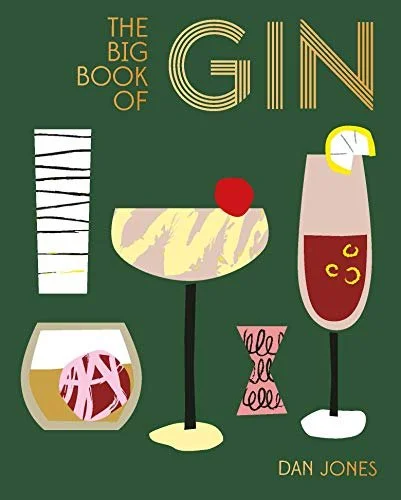During the Thirty Years War in the early 17th century, British troops joined Dutch soldiers in battles against the Spanish Army. They became familiar with the phrase “Dutch Courage,” drinking Genever before battles to fight fear and fatigue.
After the Glorious Revolution of 1689 made Dutch King William of Orange and his wife Mary rulers of England, Scotland, and Ireland, imports of brandy from enemy France were banned and, as a consequence, Genever’s popularity in England became enormous.
In 1690, to reduce economic dependence on foreign countries, the monopoly of the London Guild of Distillers was ended and distilling was liberalised in England. This resulted in an explosive growth in the number of small, artisanal distilleries. Most started mass producing a juniper based tipple that took inspiration from the Dutch Genever, but was significantly lower in purity, due to a combination of low quality raw material and a lack of expertise. The English name for this spirit was Gin, a monosyllabic abbreviation of Genever.
The inspiration behind modern gin, Genever “remains the traditional drink of the Netherlands, the sailors’ fiery sip of Dutch courage,” writes Dan Jones in The Big Book of Gin.
